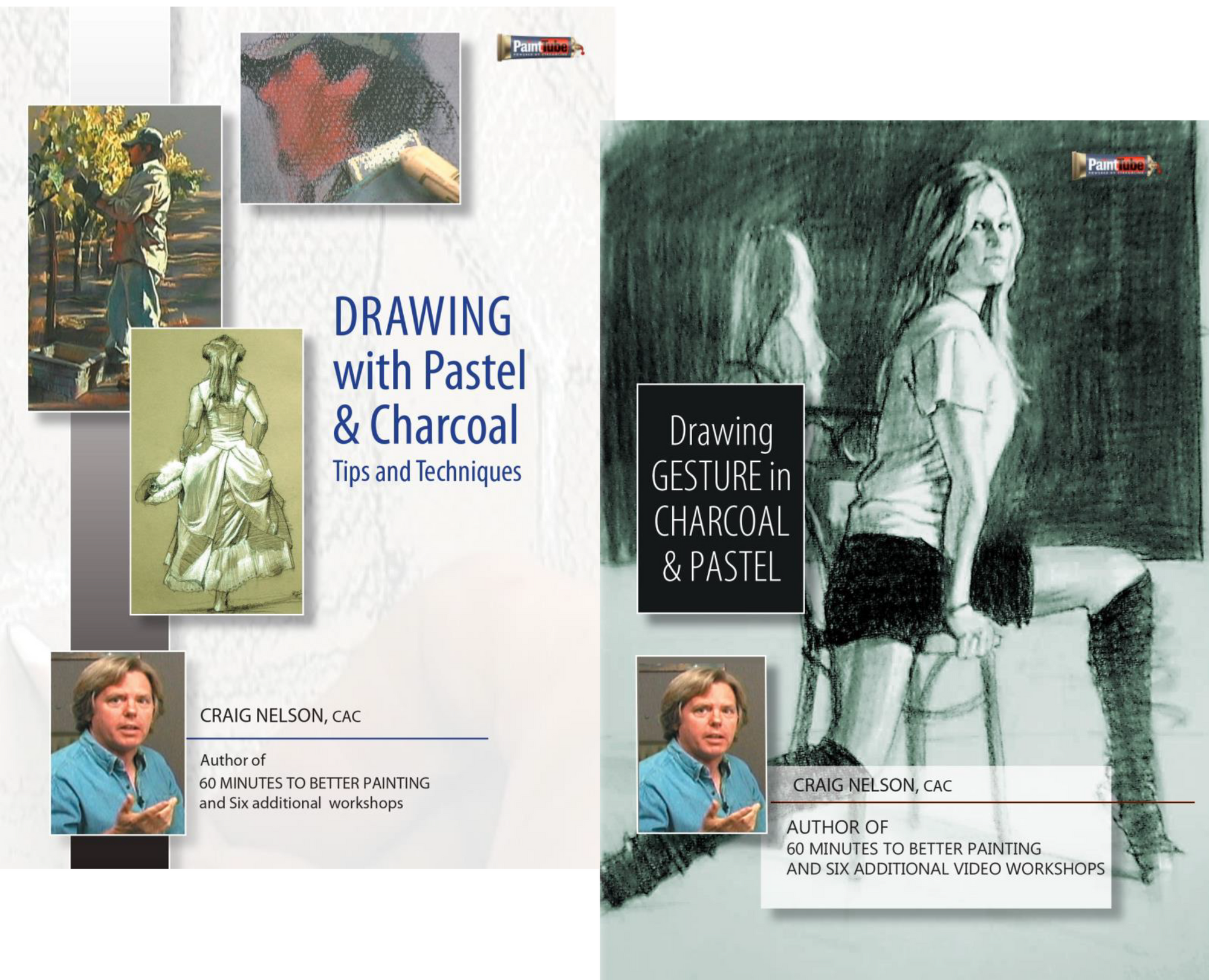Drawing with Pastel and Charcoal: Tips and Techniques
This video drawing workshop with Craig Nelson is great for anyone interested in drawing, whether you want to improve your painting skills or just enjoy knocking out a quick sketch.
With over 30 years experience as a professor of fine art, Craig Nelson knows that success as an artist depends on good observation skills learned while drawing. In this workshop, Craig introduces you to pastel drawing as he develops two figures from photo reference. You'll learn to layer rich oil pastels over pencil sketches, and you'll discover lighting and design principles that apply to all media.
Craig works with a staggering array of drawing tools, including hard and soft pastels, black and white charcoal pencils, and conte crayons. He combines these materials one layer at a time, beginning with a light charcoal sketch. You'll see Craig's steady hand up close as he adds lines, value, and color in the appropriate order. No detail escapes Craig's analytical eye.
He treats pastel as a layered medium, continually refining each element and hue as he builds his sketch. He blends colors to eliminate flat, even shapes and juxtaposes hues to emphasize key elements without adding harsh shadows. In his sketch of a vineyard worker, Craig shares his method for establishing light sources with varied hues. He distinguishes cool top light from the warm shadows by adding pale blue highlights and streaks of earthy reds.
In the second half of the workshop, Craig emphasizes drawing as an observational, rather than technical, skill. As he sketches the outline of a girl at the beach, he teaches you to draw what you see, instead of relying on memory or subjective perception. You learn to see gesture, perspective, and light sources and take the time to consider your reference before you put your pencil to the paper.
The second drawing also serves as a clinic on value. Craig works on a neutral Canson paper with black and white tools. He layers chalk, white charcoal, and conte crayon to create subtle gradations in highlights. The resulting volume in the dress and hair make the sketch jump from the paper. To enhance your drawing skills and learn to see your reference materials in a new light, join Craig Nelson in Drawing in Pastel and Charcoal.
Part of what you learn is how to block in preliminary shapes, achieve proper placement and proportion, and how to pick out and render elements for a convincing three-dimensional scene. You learn how to sequence your drawing for the best chance of success, where to look for the brightest lights, anticipate soft and hard edges, and how to take advantage of reflected light and bounced color.
As head of the Fine Art Painting Department of the Academy of Art College in San Francisco, Craig Nelson helps you hone your observation skills and bring what you see back to your drawing (or painting). Craig's drawings come to life in a matter of minutes. (Craig works from photographs) Craig Nelson, CAC, discusses and demonstrates lighting, preparing the painting surface, developing a ghost drawing to a final drawing, color selections, blocking in skin tones and hair, subtle adjustments to achieve life-like flesh, when not to refine your strokes, delicate brush work for successful hair plus much more. Craig talks about all his decisions as he paints. You will learn where to look for details, touches of strong color and value that add energy to your portrait. Craig's Quick Study approach helps you gain confidence to paint larger, more refined portraits after many of the basic issues are resolved in the quick studies format.
Bonus Clip: "Setting the Tone in Pastel"
CONVERSATION WITH CRAIG NELSON
In this relaxed, candid conversation with Craig Nelson we asked him questions we thought you would most like to ask if you could have dinner with an artist.
Drawing Gesture in Charcoal & Pastel
A reference photo of a dancer allows Craig Nelson to emphasize gesture in a charcoal drawing and capture an exciting pose not possible with a live model. In this video workshop, Craig eases into the drawing by translating lines from his photo to his paper.
Craig Nelson's drawings strike a balance between three key compositional elements: gesture, proportion, and perspective. Tipping the scale toward one or two of these elements helps Craig focus on the crux of each subject. In this workshop, a reference photo of a dancer allows Craig to emphasize gesture in a charcoal drawing and capture an exciting pose not possible with a live model.
Craig eases into the drawing by translating lines from his photo onto his paper. He concentrates on angles and uses an imaginary grid and plumb lines to render a ghost drawing of his subject. You'll have continual access to Craig's reference photo as he works, allowing you to follow his interpretation of gesture. Craig adds facial features and shadows early in the process but plans for later changes.
Even as he draws fine details like fingers and jewelry, he leaves room for maneuvering with value and outline late in his process. Craig offers tips for effective shading. He demonstrates multiple strokes, rubs in subtle gradients, and contrasts deliberate variation in the hair with diffused uniformity in the background reflection. He polishes his darks with a kneaded eraser and a layer of chalk and charcoal whites.
He concentrates on angles and uses an imaginary grid and plumb lines to render a ghost drawing of his subject. You'll have continual access to Craig's reference photo as he works, allowing you to follow his interpretation of gesture. Craig adds facial features and shadows early in the process but plans for later changes. Craig offers tips for effective shading. He demonstrates multiple strokes, rubs in subtle gradients and contrasts deliberate variation in the hair with diffused uniformity in the background reflection. He polishes his darks with a kneaded eraser and a layer of chalk and charcoal whites.
To finish the drawing, Craig perfects his lost and found edges. He both redefines outlines with dark charcoal pencil and blends away soft edges to create ambiguous transitions between the dancers hair and the background darks. He concludes the workshop with a self review, helping you understand the final effects of his techniques and reviewing his original goals.
BONUS CLIP: Gesture and Proportion
In this clip from his video workshop, Drawing Gesture in Charcoal and Pastel, Craig Nelson captures the gestures of a posed figure in a light sketch that he calls a "ghost drawing." Craig works at arm's length using light pencil strokes to transfer the basic shapes and proportions from his reference photo to his paper. You learn to identify and place key elements and make revisions when you find errors in your initial sketch.
















